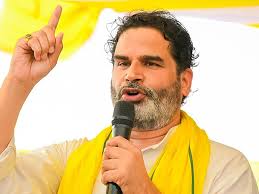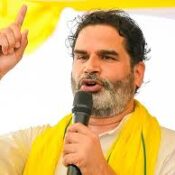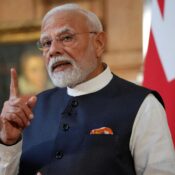
Prashant Kishor’s Funding Model: When Political Strategy Meets Tax Transparency
In Indian politics, where funding often happens behind closed doors, strategist-turned-politician Prashant Kishor has sparked a fresh debate on money, politics, and transparency. His recent disclosures about income, taxes, and political donations are not just numbers — they are a strategic statement that blends legality, optics, and innovation in political financing.
A Rare Disclosure in Indian Politics
Between 2021 and 2024, Kishor earned about ₹241 crore from his consultancy work. Out of this, he paid nearly ₹51 crore in taxes — a substantial contribution to the national exchequer. But what caught even more attention was his donation of ₹98.75 crore to his own political party, Jan Suraaj, through official banking channels.
In a country where political donations are often routed through opaque means, this kind of public declaration is unusual. By choosing transparency, Kishor is positioning himself differently from the typical Indian politician.
Tax Laws as a Political Tool
What makes this move even more interesting is its use of existing tax law. Under Section 80GGC of the Income Tax Act, individuals can claim a full deduction on donations made to registered political parties, provided they do so through legal banking channels.
In simple terms: Kishor donates nearly ₹100 crore to his party, lowers his taxable income, and simultaneously strengthens his political organization. It’s a rare case of tax planning meeting political strategy — all within the legal framework.
Charity Begins at Home?
Critics, however, argue that donating to one’s own party is hardly an act of charity. After all, the funds are still being used to build Kishor’s personal political vehicle. From this perspective, it looks less like altruism and more like a smart reallocation of income — from taxes to party coffers.
Yet, the optics matter. By publicly disclosing his donations and taxes, Kishor is setting a new precedent in transparency. He can now claim the moral high ground in a landscape often tainted by allegations of “black money” funding.
Can Others Follow This Model?
While innovative, this model is not easily replicable. Few Indian politicians have the financial muscle or consultancy income that Kishor does. Self-funding a party requires enormous resources, and unless Jan Suraaj finds a broader donor base, its financial sustainability could be questioned.
Still, the symbolic value is strong. If more politicians choose bank-based donations and disclose them openly, it could push Indian politics toward cleaner funding practices.
The Optics vs. Reality Debate
This case also highlights a wider tension in politics: legality versus perception. Kishor’s model is fully legal, yet some may view it as self-serving. Transparency does not always equal trust, especially when the money ultimately benefits one’s own political ambitions.
A Case Study for the Future
Regardless of whether one applauds or criticizes him, Kishor’s disclosures are a significant case study in political funding. They raise important questions:
- Should tax deductions for political donations be capped to avoid concentration of financial power?
- Can self-funded political movements truly claim independence, or do they risk becoming one-man shows?
- Will this push other parties toward more transparent financing models, or will it remain an isolated example?
Conclusion
Prashant Kishor’s mantra — that charity begins at home — may not convince everyone, but it has undeniably shifted the conversation around money in politics. His blend of transparency, tax planning, and political strategy shows how the mechanics of law can be turned into tools of influence.
Whether Jan Suraaj thrives or not, Kishor has already introduced a new way of thinking about political finance in India — one that forces both supporters and critics to rethink what “clean politics” really looks like.



